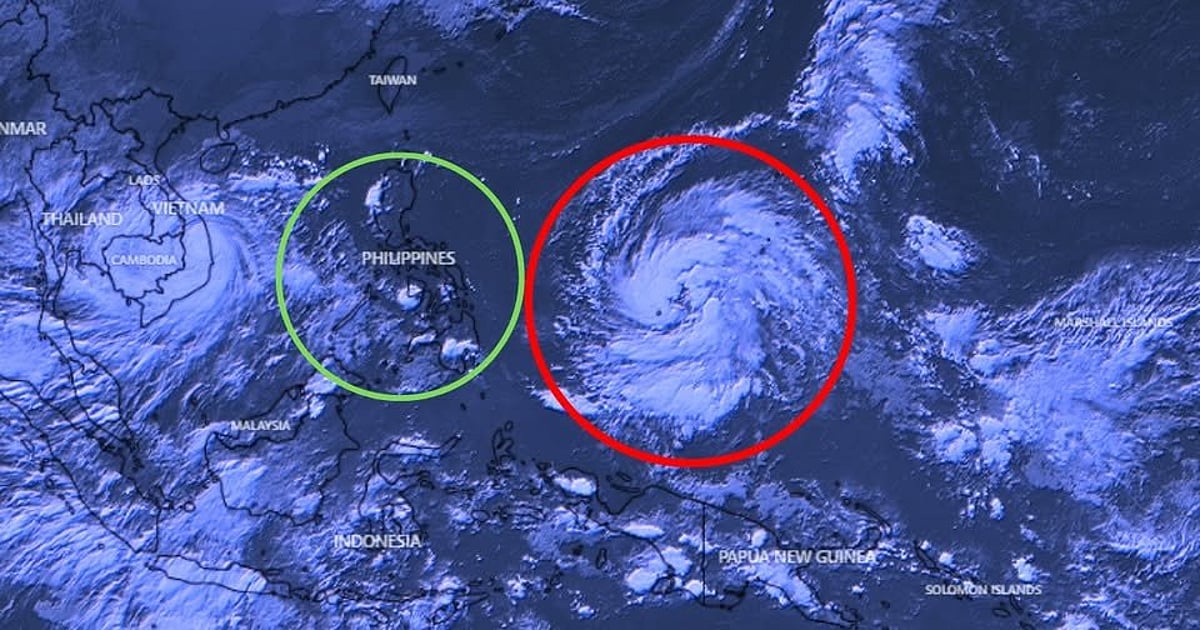Typhoon Uwan Approaches Luzon: Prepare for Impact
As Typhoon Uwan approaches the Philippines, residents are urged to stay informed and prepare for potentially severe weather conditions. This powerful storm, classified as a Category 4 super typhoon, is expected to make landfall on the main island of Luzon, bringing with it devastating winds and heavy rainfall.
Current Status of Typhoon Uwan
Typhoon Uwan, also known by its international code Fung-Wong, has rapidly intensified over the Philippine Sea, particularly east of Samar. According to the Philippine Atmospheric, Geophysical and Astronomical Services Administration (Pagasa), the storm has shown significant growth in strength over the past 24 hours. As of the latest bulletin, Uwan is projected to reach peak winds of up to 220 km/h (138 mph) by Sunday, November 10.
The storm is currently classified as Tropical Depression #32W and is expected to transition into a super typhoon shortly. The U.S. Joint Typhoon Warning Center (JTWC) and other meteorological agencies, including the Japan Meteorological Agency (JMA), have indicated a high likelihood of Uwan making landfall in Northern-Central Luzon on Monday.
Impacts and Preparations
With Uwan’s anticipated landfall, millions of residents in the affected areas are at risk of severe weather impacts, including strong winds, torrential rains, flooding, and landslides. Local governments and emergency services are ramping up preparedness efforts, urging communities to take the necessary precautions.
Authorities emphasize the importance of staying updated with official forecasts, as the situation remains dynamic. Residents are advised to secure their homes, stock up on essential supplies, and have emergency plans in place.
Key Details:
– **Storm Name**: Uwan (Fung Wong) – **Category**: Expected Category 4 Super Typhoon – **Peak Winds**: Up to 220 km/h (138 mph) – **Expected Landfall**: Monday, November 10 – **Target Area**: Northern-Central Luzon, Philippines
FAQs
What should residents do to prepare for Typhoon Uwan?
Residents should secure their homes, gather emergency supplies, and stay informed through official weather updates. It’s crucial to have a plan in place for evacuation if necessary.
How does the wind speed measurement differ among agencies?
Different agencies use varying averaging periods for wind speed measurements. The JTWC uses a one-minute average, resulting in higher wind speed figures compared to the 10-minute average used by many other countries.
When is Typhoon Uwan expected to make landfall?
Typhoon Uwan is forecasted to make landfall on Monday, November 10, primarily affecting Northern-Central Luzon.
Conclusion
Typhoon Uwan poses a significant threat to the Philippines, particularly Luzon, with its expected landfall on November 10. Residents are strongly encouraged to prepare for severe weather and stay updated with the latest forecasts. As the situation evolves, vigilance and preparedness will be key to ensuring safety during this powerful storm.
The Philippines is no stranger to typhoons, with an average of 20 storms entering the country each year. Typhoon Uwan’s approach highlights the ongoing challenges faced by the nation in terms of disaster preparedness and response. The Philippine government has established a comprehensive disaster risk reduction and management framework aimed at mitigating the impacts of such natural disasters. This includes early warning systems, community education programs, and the coordination of local and national resources to ensure effective emergency responses.
In addition to the immediate threats posed by strong winds and heavy rainfall, Typhoon Uwan may also lead to long-term consequences, such as infrastructure damage and disruptions to essential services. Past typhoons have resulted in significant economic losses, affecting agriculture, transportation, and local businesses. Recovery efforts can take months or even years, underscoring the importance of proactive measures to safeguard communities and enhance resilience against future storms.
As Typhoon Uwan approaches, international agencies and neighboring countries are closely monitoring the situation. Collaborative efforts in sharing meteorological data and resources can play a crucial role in improving response strategies. The global community often rallies to provide assistance in the aftermath of such disasters, emphasizing the importance of solidarity and support during times of crisis.
Also Read:
Philippines Declares Emergency After Typhoon Kalmaegi Hits
Understanding the Global Impact of the 11-11 Sale
US Government Shutdown Causes Flight Disruptions Ahead of Ho







